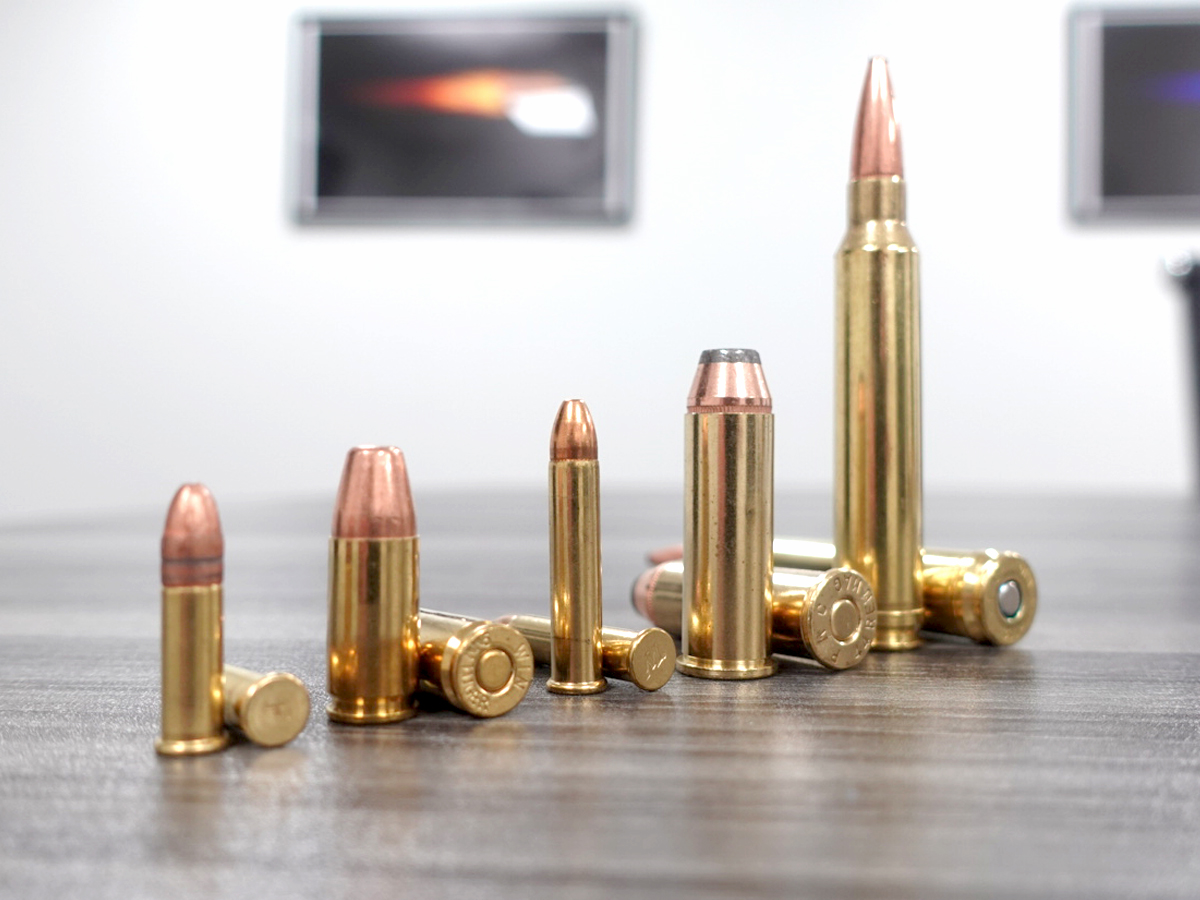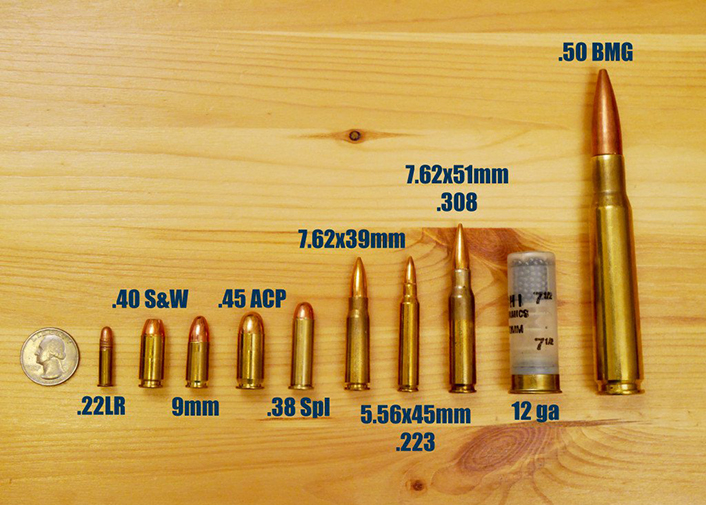8 Simple Techniques For Ammunition Pro Llc
Not known Facts About Ammunition Pro Llc
Table of ContentsSome Known Details About Ammunition Pro Llc How Ammunition Pro Llc can Save You Time, Stress, and Money.Ammunition Pro Llc Things To Know Before You Get ThisThe smart Trick of Ammunition Pro Llc That Nobody is DiscussingHow Ammunition Pro Llc can Save You Time, Stress, and Money.
The fundamental components of ammunition are the same for rifle, handgun, and shotgun ammo. Today we're looking at the what the fundamental components of ammunition are and just how they work with each other to fire a round.It houses the primer and powder. The bullet is seated in the open end of the instance. When you fire a bullet out of a semi-auto weapon, the weapon's extractor raises the instance from the firing chamber and it flies out of the weapon. The case is also occasionally referred to as coverings, brass, or casings.
A weapon's shooting pin strikes a cartridge's guide. The primer is situated in the edge of the case of a rimfire cartridge.
What Does Ammunition Pro Llc Mean?
Both usual types of guides in centerfire cartridges are Berdan and Boxer primers. Gunpowder beside the situation that typically contains it. Powder, additionally recognized as propellant or gunpowder, is a fast-burning chemical blend. The primer explosion ignites it. It is normally a combination of saltpeter, charcoal, and sulfur.

We call the projectiles for shotshells, which we fire with shotguns, slugs and shot. A slug is one solid item, usually made out of lead. Shot is a group of pellets made out of lead, steel, bismuth, or tungsten alloy. Shot pellets can be available in various dimensions and amounts. Currently that you have a basic understanding of the basic components of ammunition, you can feel a bit extra positive in just how your gun and ammunition feature!.
The Only Guide to Ammunition Pro Llc
Stay up to date with Special Offers, Advancement Notice of Sales, and Store Occasions
Fun truth: Grains are made use of to explain the mass of a bullet due to the fact that all the means back in the very early days of guns, it was a dispenser's system of measurement, and a common denominator was required to identify just how much bring about make use of to make actors lead bullets (ammunitions for sale). 'Grains' as a system of action for weight copulates back to old times, and represents the weight of a grain of wheat

(https://issuu.com/ammunitiondde)For reference, the weight of a paper clip has to do with 16 gr. So, we know that grains are a procedure of mass, and more = much heavier, and heavy is good, appropriate? Yes, hefty is good, however mass of the projectile isn't the only thing you need to take into consideration when picking a round for your weapon.
Ammunition Pro Llc Can Be Fun For Anyone
Enjoyable fact, this is the origin of the term "Rifle" ex-spouse. The impact this spin has on projectiles is a supporting one the bullet rotating maintains the nose aimed right, in the very same method that a perfectly spiraled football toss is going to be much extra steady and accurate in trip than a hideous duck, end over end toss.
How does this relate to grain weight? Envision you're on one of those play area carousels, the ones with bars you hold on to while it spins.
The same impact happens with bullets. The much heavier the projectile, the even more result a much faster rotate will certainly have on it.
Ammunition Pro Llc for Dummies
There's another element that we have to think about when choosing a grain weight for our ammo. As meant above, bullet rate, or the rate of the projectile, is a significant aspect when figuring out the finest grain weight projectile to utilize. Speed is influenced by a couple of significant factors, consisting of the type and amount of propellant (gunpowder), barrel size, and bullet weight.

The most usual grain weight rounds for 9x19mm cartridges are 115gr and 124gr. These are generally lead core, fully jacketed (FMJ) rounds. Both of these grain weight cartridges will certainly execute well in manufacturing facility 9mm handguns, to normal handgun distances (as much as 50 yards). 115 grain rounds are the most usual (and therefore least costly).